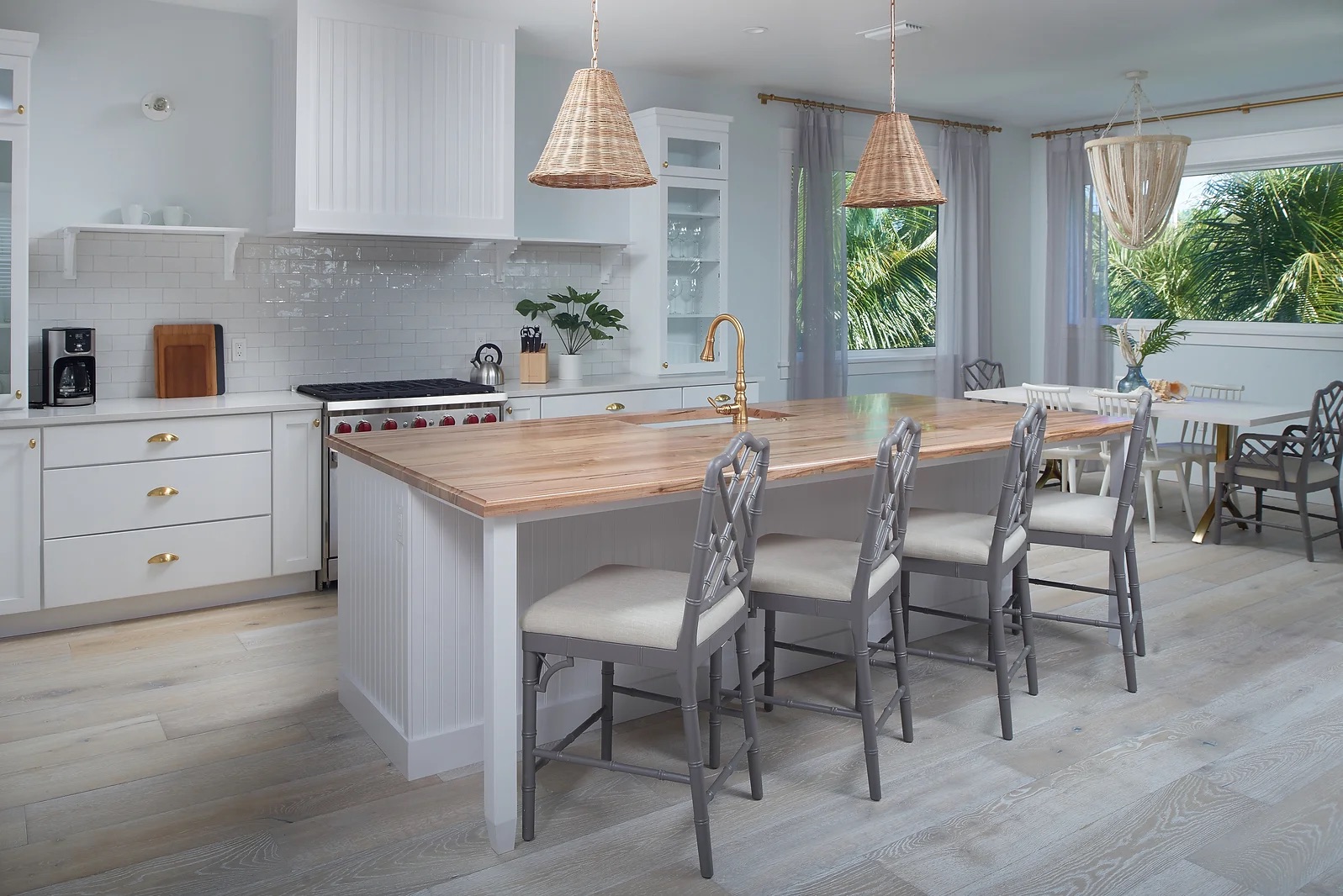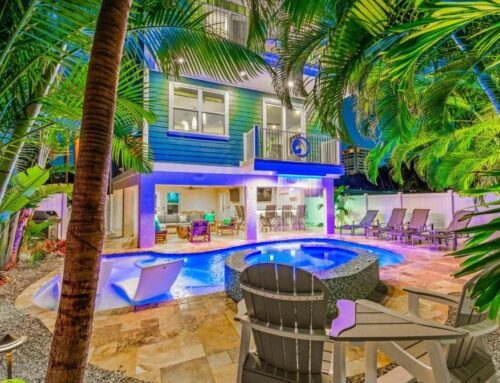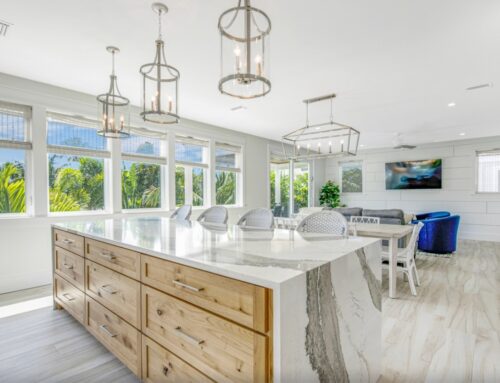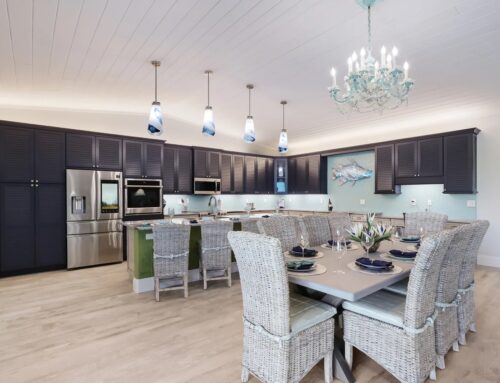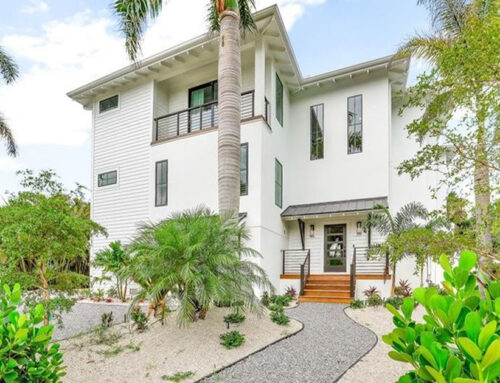The Influence of Architecture on Community Fabric
Architecture is much more than bricks, mortar, and glass; it is the tangible embodiment of a community’s cultural, aesthetic, and social tapestry. What gives a place its unique “feel” largely relies upon how its inhabitants perceive themselves and their environment—an understanding that is infinitely amplified by careful and creative architectural design. This piece delves into the transformative power of architecture in forging community identities, highlighting its capacity to create spaces that mirror and reinforce the values of those who live in them.
The Pillars of Community Identity
Community identity is a complex weave of shared beliefs, traditions, and societal unity that roots individuals to their locality. Elements like historical backgrounds, shared culture, and significantly, the physical features of the environment all contribute to its development. Within this scope, architecture does much more than create shelter—it is a mirror that reflects the community’s ethos and advances its dreams. When architectural creations align with the local culture and history, it solidifies the community’s bond with its environment, fortifying its distinctive identity.
Architectural Impact on Local Culture and Unity
Architecture’s influence on community identity can be monumental. Consider the role played by distinctive structures in shaping a city’s skyline or the way traditional residential designs maintain a palpable link to the past. Barcelona’s distinctive flair, for instance, owes much to Antoni Gaudí’s fantastical modernist vision—an architectural style that, beyond drawing tourists, instills a sense of pride and uniqueness among the local populace. Likewise, rural communities that incorporate indigenous materials and designs in their architecture solidify their ties with their ancestral lands and traditions, ensuring cultural continuity and sustainable development.
Designs in Sync with the Environment
Creating a distinct sense of place heavily hinges on how architectural design harmonizes with the environment. This symbiotic relationship significantly shapes community identity, particularly in regions where the landscape is integral to local culture. Architectural designs that blend with the environment, integrating natural elements, can fortify the community’s bond with its surroundings, promoting feelings of contentment and connection.
How to Boost Community Identity through Architecture
Architects and urban planners play a pivotal role in refining community identity. To this end, certain strategies can be effective:
* Resident Participation: Engaging inhabitants in the design process grants them a stake in the outcome, nurturing a sense of ownership and connection to their built environment.
* Integration of History and Culture: Incorporating architectural elements that mirror community history and culture aids in preserving and honoring local heritage, enhancing a strong sense of identity.
* Environmental Integration and Sustainability: Sustainable design not only conserves the natural environment but also resonates with the values of many communities, reinforcing their identity through shared devotion to environmental conservation.
Vision for Future Community-Driven Design
As communities continue to transform, architectural strategies must adapt to maintain community identity and unity. Future design will need to balance respect for local culture and history with shifting social and environmental landscapes. Through tackling challenges such as rapid urbanization, climate change, and cultural assimilation, innovative approaches in architecture can help communities honor their past while pivoting towards the future.
Towards Building Communities, Not Just Structures
Architecture’s impact extends beyond the construction of physical structures. It carves out spaces for community life to take root and thrive and becomes an inherent part of its collective memory and identity. By prioritizing a sense of place, architects and urban planners are laying the groundwork for harmonious, resilient communities, instilling pride in their unique identities, and preparing them for future challenges.

